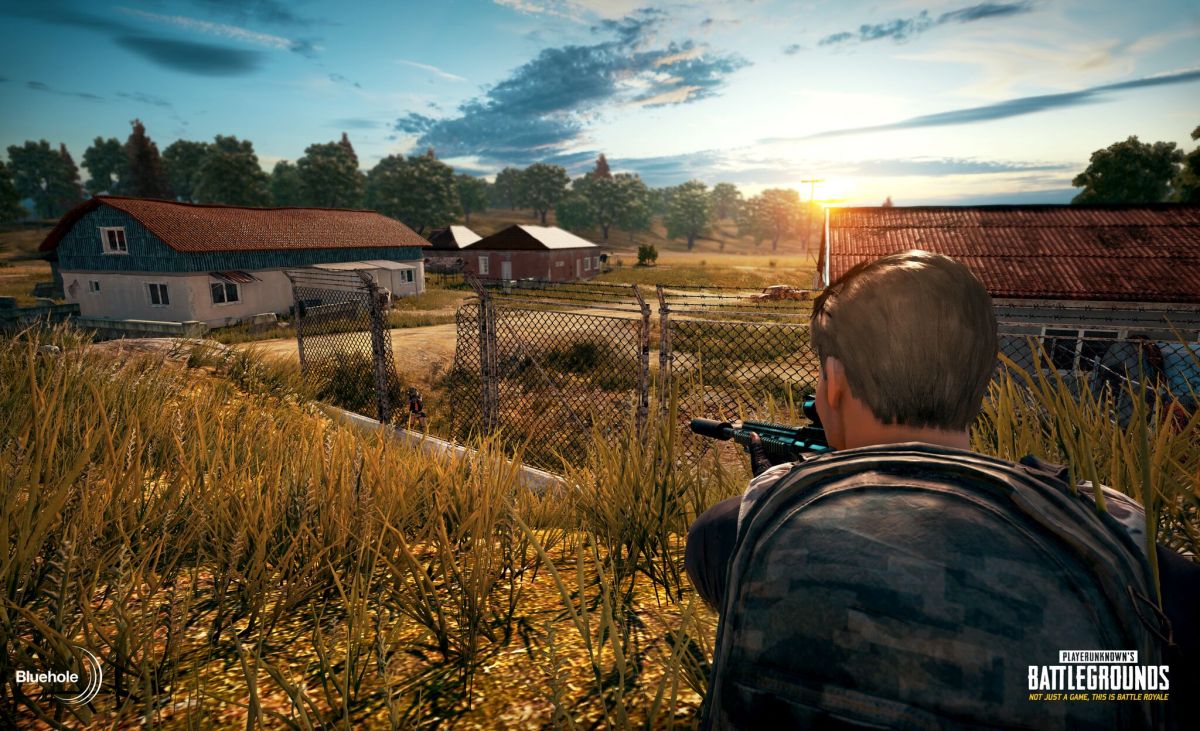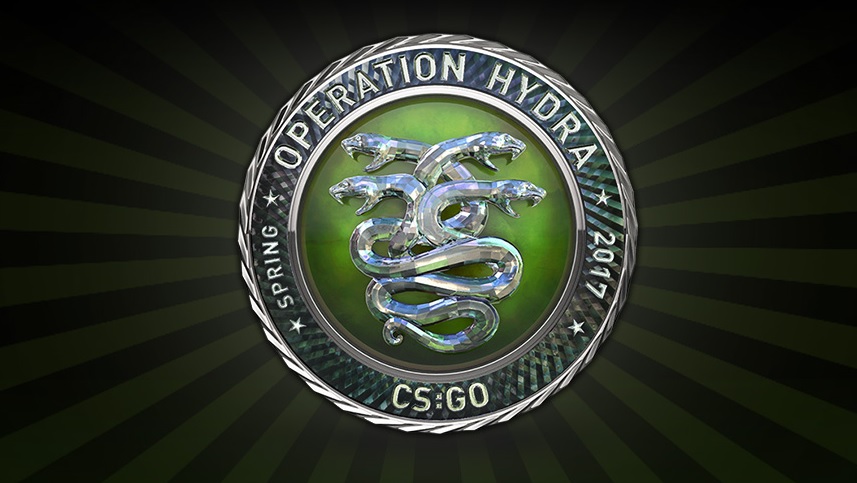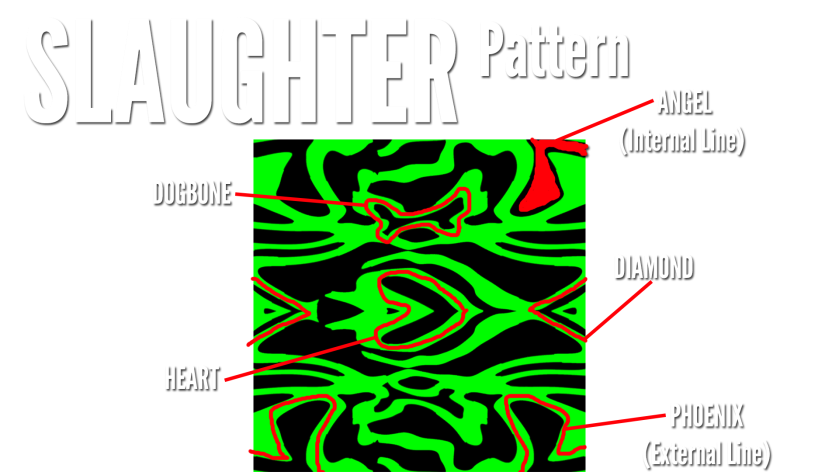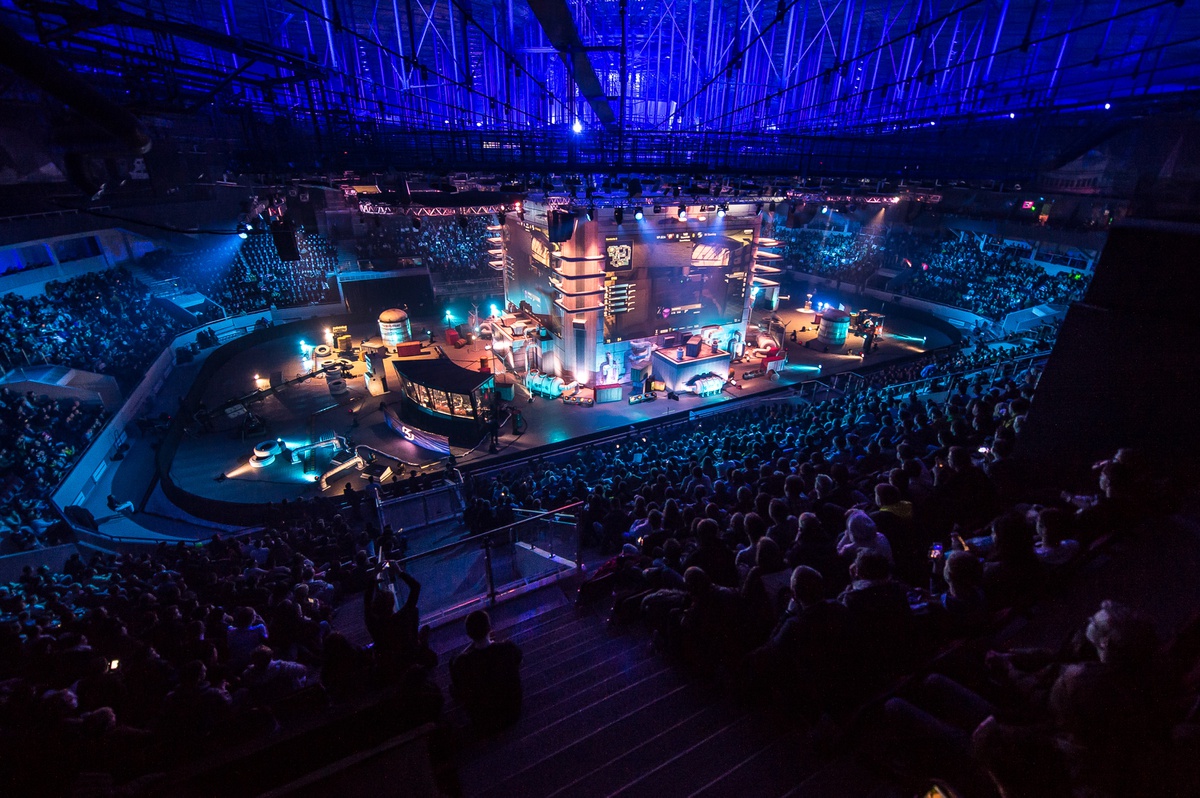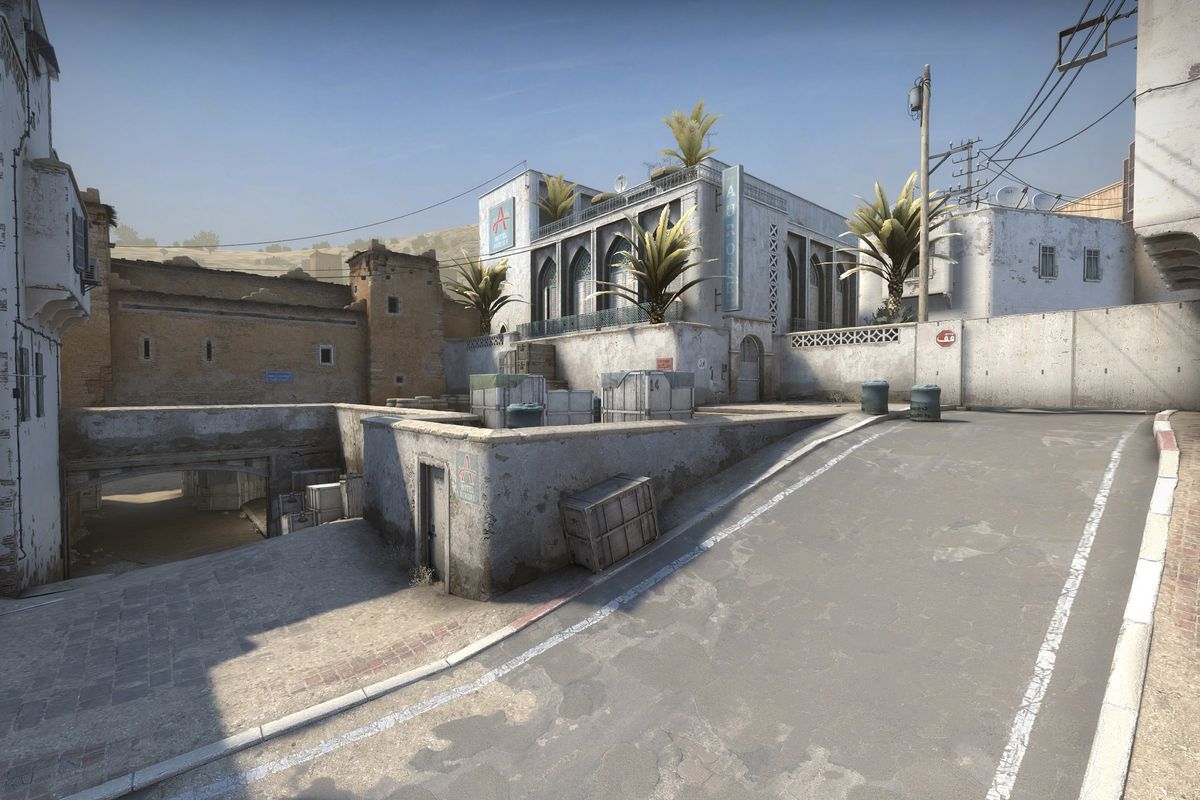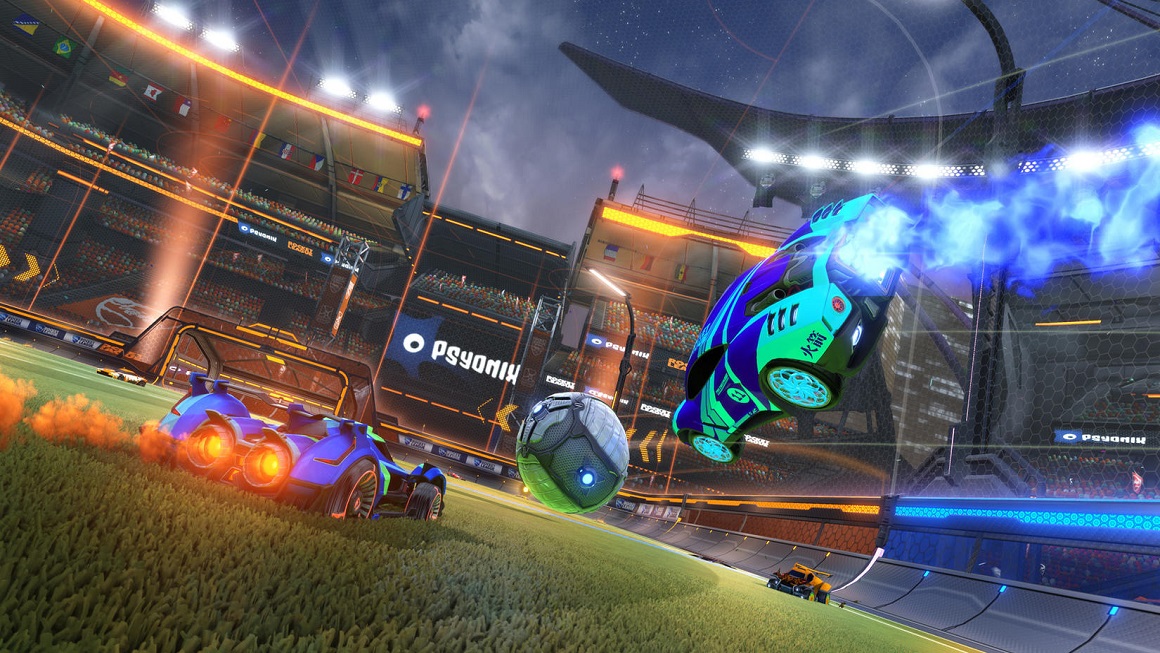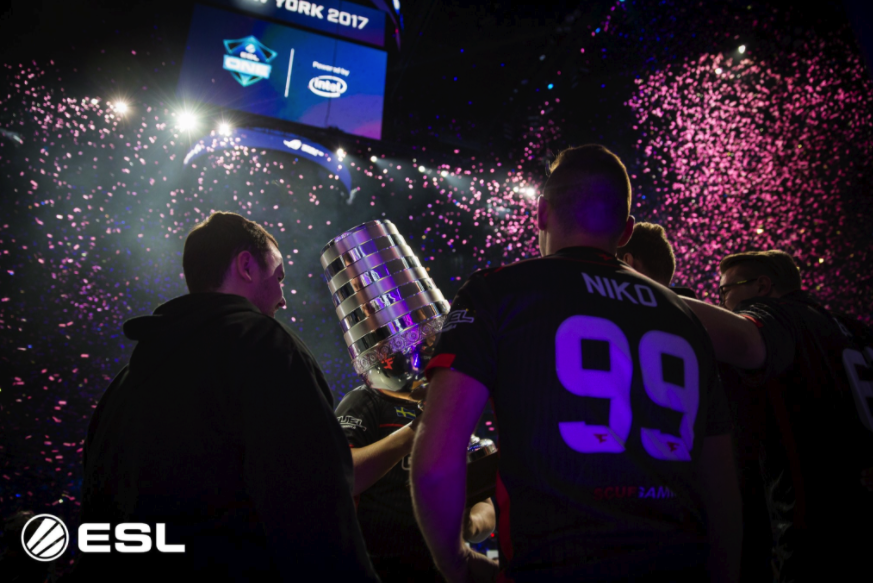When PlayerUnknown’s Battlegrounds, also referred to as PUBG, was released in March, it was instantly a huge success. Many new players joined the game, as well as popular Twitch streamers. These streamers playing the game attracted even more gamers to play. Today, PUBG has surpassed nearly every Steam game record there is. It broke the “most concurrent players” record that was previously held by Dota 2 within just a few months of release. It has also set the Guinness World Record for the following achievements:
- Most actively played game on Steam
- Most concurrent players for a Steam Early Access game
- Most concurrent players on Steam for a non-Valve video game
- First non-Valve video game to be the most played game on Steam
The game is a 100-player “battle royale”-style game, with the sole objective of being the last person alive. Players start off the match by parachuting out of a cargo plane. Once you find an optimal landing spot, you must scavenge through buildings and warehouses to find randomly-placed weapons, medical kits, and armor. A force field that surrounds the entire 8x8km play area periodically shrinks in size, forcing players into closer, tighter areas. Players outside of the field will take damage and eventually die. This is to prevent people from hiding through the whole match, or forcing you to do tedious searches for any remaining players. This mechanic also keeps the game exciting, making sure that there are always enemies nearby. For a while, the game only had a third-person viewpoint, meaning that the camera is placed above and behind the player’s head. While unique in comparison to most other shooting games, this feature can be exploited at times, allowing you to see over walls, around objects, and into windows without ever exposing yourself to possible enemy fire. However, a first-person viewpoint was recently added to the game, making it more in-line with other traditional shooters.
With its outstanding statistics and massive playerbase, many fans want eSport-style PUBG “tournaments”, like League of Legends and Counter-Strike: Global Offensive has. This would be a great idea, and there is certainly an audience that would watch it, but there are a few problems that needed to be sorted out first. To start, there are 100 players per match. If you cut that amount in half, or even a quarter, that’s still too many players to watch at once. How will tournament spectators pick a single person to show on the online stream at a time? They will surely miss other important events on other players’ screens. Also, the randomness factor of the game can decrease the amount of skill professional players need to have. Unlike CS:GO, where all players generally have the same “tier” of weapons most of the time, weapons and supplies in PUBG are spawned randomly. Therefore, a player could theoretically airdrop next to a building and luckily find a bunch of good supplies, while another more skilled player could airdrop somewhere else and find less supplies, and then be killed by the first player simply because he didn’t have a weapon or enough ammo.
PUBG will definitely become a popular eSports game, it’s just a matter of when. The addition of a first-person mode is a step in the right direction, removing the exploits that third-person mode provides. If someone can create a system to fix the spectating issue, PUBG will be a very fun and entertaining game to watch.
Sources
Duwe, Scott. “PUBG set 7 Guinness World Records this year.” Dot eSports, 17 Nov. 2017, dotesports.com/pubg/pubg-guinness-world-records-seven-awards-18788. Accessed 26 Nov. 2017.
“Official Merch Store Now Open.” Bluehole, Inc., 15 Aug. 2017, http://www.playbattlegrounds.com/news/85.pu. Accessed 26 Nov. 2017.
